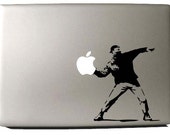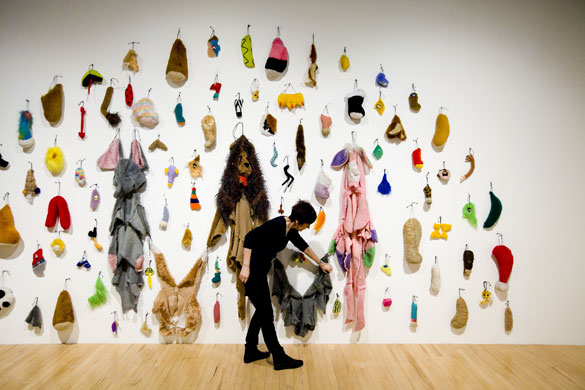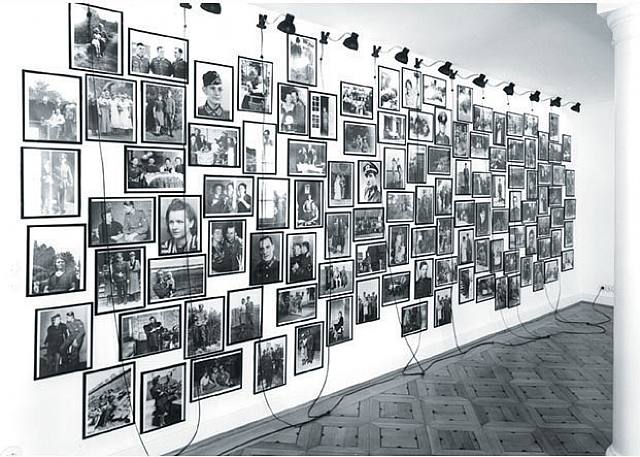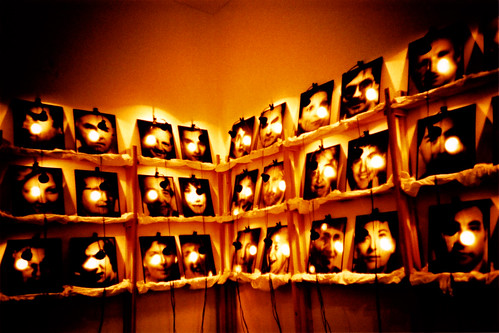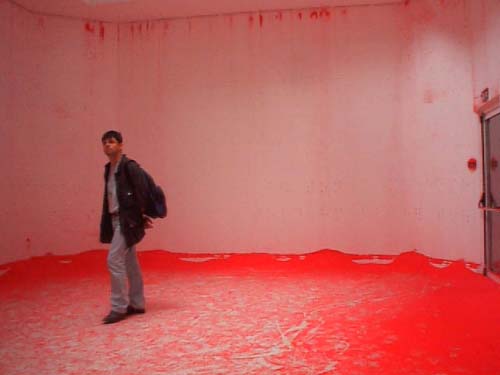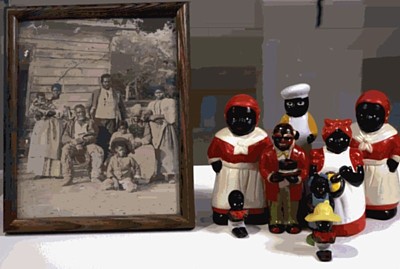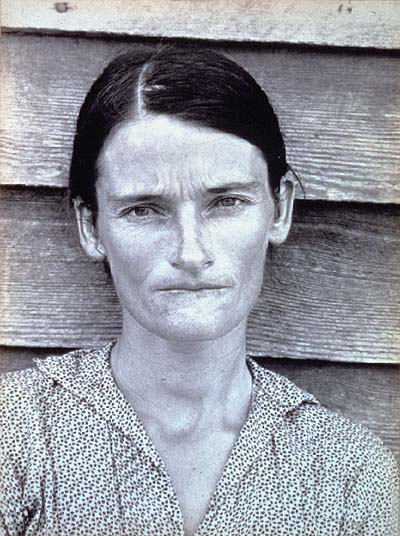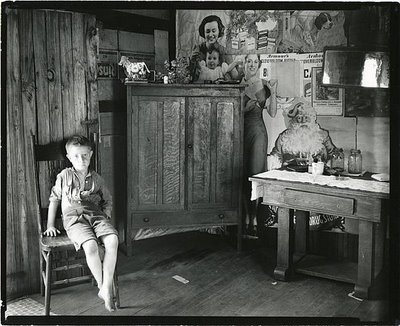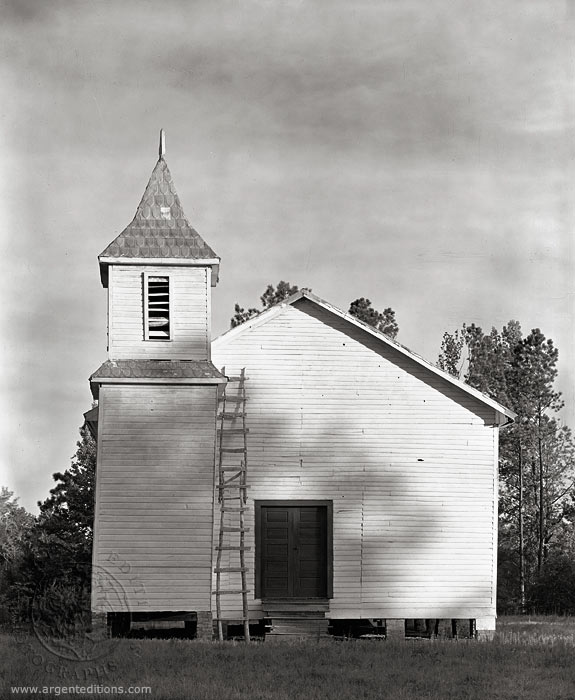On the Rights of the Molotov Man
The Molotov Man's struggle in his real life was a personal one in his own country. The documentation of this event led to a photograph that changed not only it's imagery, but also it's context. The Molotov man was a rebel who was fighting for change, and the original photograph was the evidence of this victorious moment. Yet this image was then put on the internet, and it's popularity sparked a wide array on interpretations and contexts. When I Google searched, Molotov Man, I the results were a staggering array of imagery that have nothing to do with it's original story. But how often does a picture have to be manipulated before it looses it's original form all together? I think an image merely transfers it's identity from one idea to another, and it's usually the majorities idea that wins.
In this case, most of the changes have been more towards the idea of a revolutionary figure in society. That's what the new Molotov man represents to a people who face struggle with their communities, and governments. He's become the hope, the answer to the question of, "can we do something about all the wrong in the world?".
The original context of this picture was a moment of victory, yet it's interpretation as a sign of revolution gets muddied once it becomes an advertising slogan for products like Pepsi. Suddenly he becomes an advertisement for a product, he becomes mass produced, and in turn he becomes a product. Similar I think to what Andy Warhol did with his Marilyn Diptych. He repeated her famous image over and over, which showed her being mass produced, like a product of her own fame.
I think becoming a product dehumanizes the image entirely.Molotov Man isn't a man anymore, just a picture that represents an idea. The idea started as a moment in victory, and ends as a Pepsi advertisement, because soda and revolution have so much in common anyway. This Dehumanizing makes the person in the image, and his original intentions almost nonexistent. The person behind the image no longer matters because the image becomes its own creation of meanings that vary depending on it's interpretation.
For the Molotov Man, his original picture, taken by Susan Meiselas isn't going down without a fight. Thanks to this article there is an explanation behind the phenomenon of the Molotov Man. Yet, I think it's almost too late to capture the man behind the image. He'll always be a symbol of hope, and revolution, maybe even a symbol for Pepsi. His identity as a person was stripped from the moment the image was turned into a painting. Nobody asked who he was, or what he was even fighting for. They objectified him, and turned him into a icon without a question as to where to photo even came from. I think it's amazing that we as a people feel so safe to jump to our own conclusions about what we see. We feel safe to translate visual information into our own interpretations so much so that we don't even look back to question it. For the Molotov Man, his image was transfered and lost in translation to everyone but the people who were there when it was originally taken in Nicaragua.
* I was unable to find the Pepsi advertisement that was in the article.*





